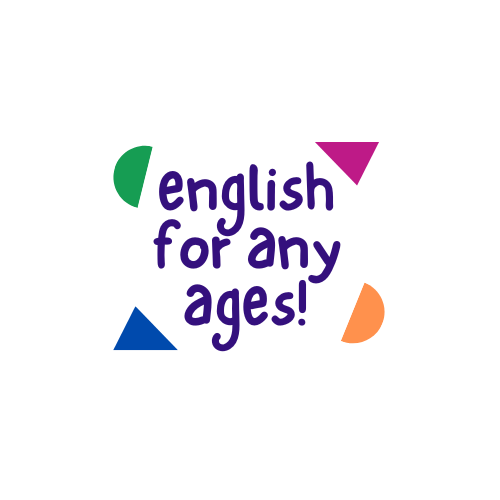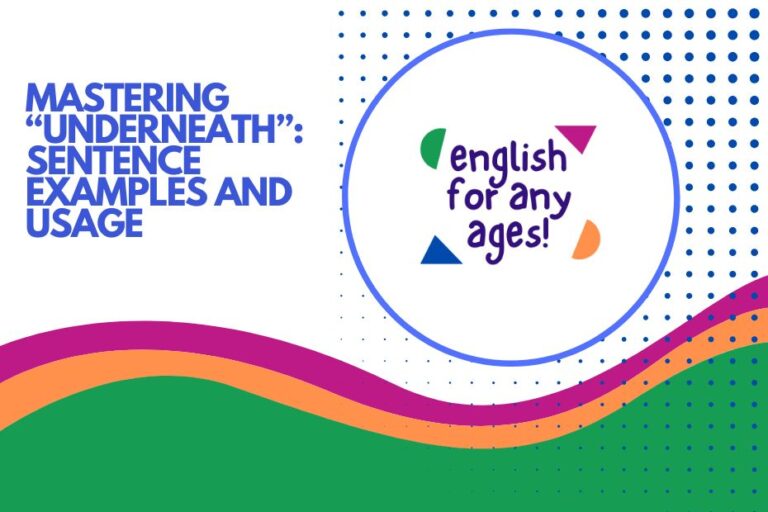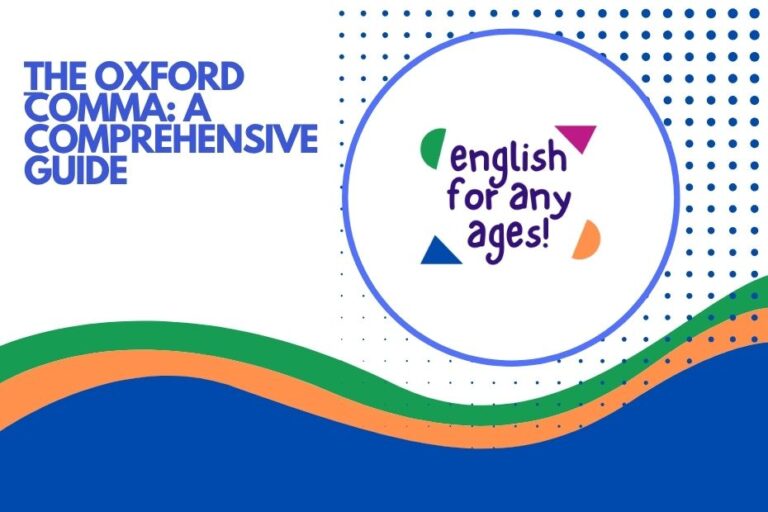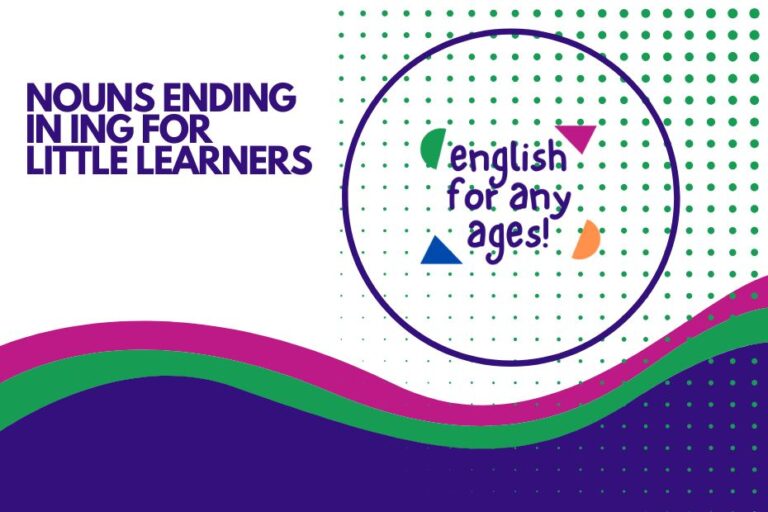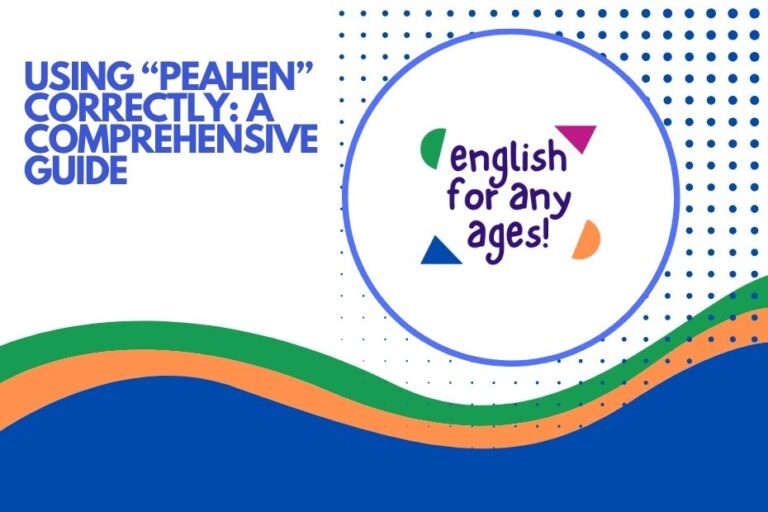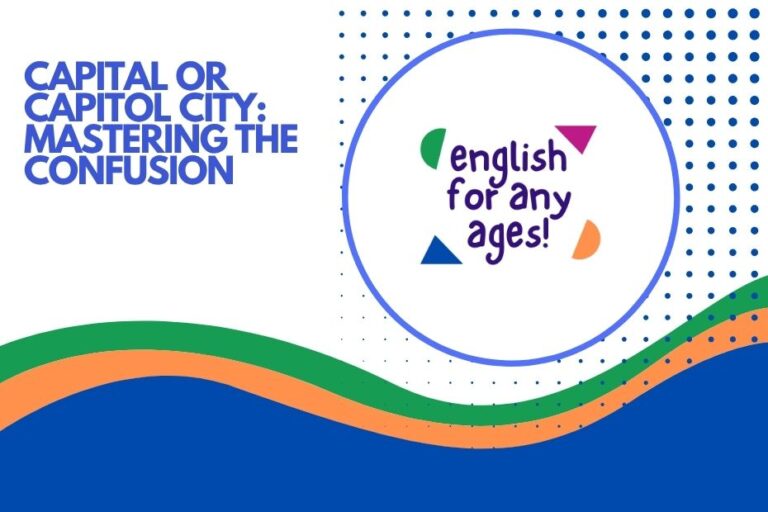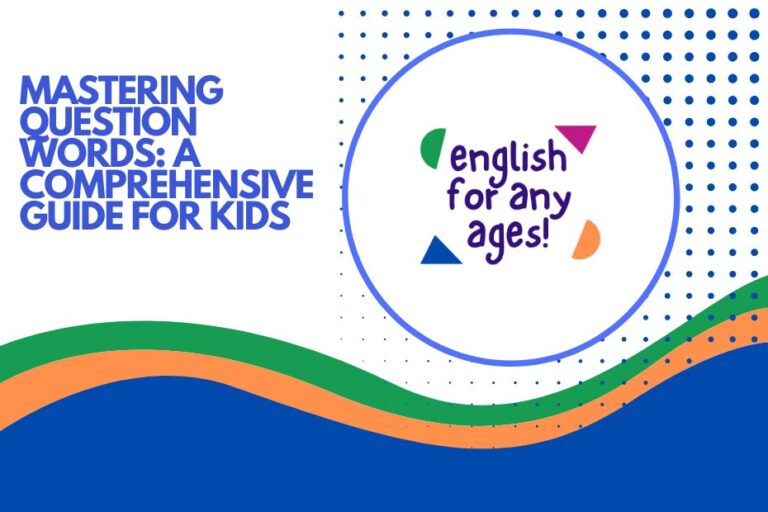10 Techniques to Boost Reader Engagement: A Grammar Guide
In the digital age, capturing and maintaining reader engagement is crucial for effective communication. Whether you’re writing a blog post, an academic paper, or marketing content, keeping your audience interested and involved is essential.
This article delves into ten specific techniques, focusing on how grammar and writing style can significantly enhance reader engagement. We will explore strategies such as using active voice, crafting compelling questions, incorporating storytelling, and more.
This guide is beneficial for students, writers, marketers, and anyone who wants to improve their communication skills and create content that resonates with readers.
Table of Contents
- Introduction
- Defining Reader Engagement
- 10 Techniques to Boost Reader Engagement
- Examples of Engagement Techniques
- Usage Rules and Best Practices
- Common Mistakes to Avoid
- Practice Exercises
- Advanced Topics in Reader Engagement
- Frequently Asked Questions
- Conclusion
Defining Reader Engagement
Reader engagement refers to the degree to which an audience is captivated, interested, and actively involved with the content they are consuming. It goes beyond simply reading words on a page; it involves a connection between the reader and the material, leading to deeper understanding, retention, and interaction. High reader engagement translates to readers spending more time with the content, sharing it with others, and returning for more. This engagement can be measured through metrics such as time spent on page, bounce rate, social shares, comments, and overall audience growth. Ultimately, the goal is to create content that not only informs but also resonates with the reader on a personal level, fostering a lasting connection.
Reader engagement is crucial for several reasons. For businesses, it drives brand loyalty and conversions.
For educators, it enhances learning outcomes. For writers, it builds a dedicated readership.
In essence, engaged readers are more likely to take action, whether it’s making a purchase, changing their behavior, or simply continuing to learn and grow.
10 Techniques to Boost Reader Engagement
Here are ten techniques to boost reader engagement, with a focus on how grammar and writing style contribute to their effectiveness:
1. Embrace Active Voice
Using the active voice makes your writing more direct, clear, and engaging. In active voice, the subject performs the action, whereas in passive voice, the subject receives the action.
Active voice creates a sense of immediacy and dynamism that keeps readers interested.
For example, instead of writing “The ball was thrown by John” (passive), write “John threw the ball” (active). The active voice is more concise and impactful.
2. Pose Compelling Questions
Asking questions throughout your content encourages readers to think critically and become more involved. Questions can be rhetorical, prompting reflection, or they can be direct, inviting responses.
The key is to make the questions relevant to the topic and engaging to the reader.
For instance, instead of stating “Understanding grammar is important,” ask “Have you ever wondered why grammar matters?” This invites the reader to consider their own perspective and stay engaged.
3. Weave in Storytelling
Stories are inherently engaging because they appeal to our emotions and create a sense of connection. Incorporating anecdotes, personal experiences, or fictional narratives can make your content more relatable and memorable.
Ensure that the stories are relevant to the topic and serve to illustrate a point.
For example, instead of simply explaining a concept, share a story about how that concept helped someone overcome a challenge. This makes the information more relatable and engaging.
4. Adopt a Conversational Tone
Writing in a conversational tone makes your content feel more approachable and personal. Use contractions, address the reader directly, and avoid overly formal language.
This creates a sense of rapport and makes the reader feel like they are having a conversation with you.
For example, instead of writing “It is important to note that…”, write “It’s important to remember that…” The contraction and simpler phrasing make the sentence more conversational.
5. Incorporate Visual Aids
Visual aids such as images, videos, infographics, and charts can break up text and make your content more visually appealing. Visuals can also help to illustrate complex concepts and make them easier to understand.
Ensure that the visuals are relevant to the content and of high quality.
For instance, if you’re explaining a process, use a flowchart to visually represent the steps. This makes the information more accessible and engaging.
6. Write Concise Sentences
Concise sentences are easier to understand and keep the reader’s attention. Avoid unnecessary words and phrases, and get straight to the point.
This makes your writing more impactful and engaging.
For example, instead of writing “Due to the fact that it is raining, we will stay inside,” write “Because it’s raining, we’ll stay inside.” The shorter sentence is more direct and easier to read.
7. Vary Sentence Structure
Varying sentence structure prevents your writing from becoming monotonous. Mix short, punchy sentences with longer, more complex sentences to create a rhythm that keeps the reader engaged.
This adds dynamism and interest to your writing.
For instance, alternate between simple sentences like “The dog barked.” and compound sentences like “The dog barked, and the cat ran away.” This creates a more engaging reading experience.
8. Use Transition Words Effectively
Transition words help to connect ideas and guide the reader through your content. They provide a sense of flow and make it easier for the reader to follow your train of thought.
Common transition words include “however,” “therefore,” “in addition,” and “for example.”
For example, use “In addition” to introduce a new point that supports a previous one, or use “However” to introduce a contrasting idea.
9. Employ Strong Verbs
Strong verbs add impact and energy to your writing. They are more specific and descriptive than weak verbs, and they help to create a more vivid picture in the reader’s mind.
Replace weak verbs like “is,” “are,” “was,” and “were” with stronger alternatives.
For example, instead of writing “The car was fast,” write “The car zoomed past.” The verb “zoomed” is more descriptive and engaging.
10. Include a Clear Call to Action
A call to action (CTA) tells the reader what you want them to do next. Whether it’s subscribing to a newsletter, leaving a comment, or making a purchase, a clear CTA provides direction and encourages engagement.
Make sure your CTA is specific, compelling, and easy to follow.
For instance, instead of simply ending your content, include a CTA like “Subscribe to our newsletter for more tips!” This encourages the reader to take the next step.
Examples of Engagement Techniques
The following tables provide examples of how to apply these techniques in different contexts. Each table focuses on a specific technique and offers several examples of how to use it effectively.
This table illustrates the power of active voice in making sentences more direct and engaging. The active voice emphasizes the actor, creating a more dynamic and impactful reading experience.
| Passive Voice (Less Engaging) | Active Voice (More Engaging) |
|---|---|
| The report was written by the team. | The team wrote the report. |
| The cake was eaten by Sarah. | Sarah ate the cake. |
| Mistakes were made. | We made mistakes. |
| The door was opened by him. | He opened the door. |
| The problem was solved by the engineer. | The engineer solved the problem. |
| The letter was delivered by the postman. | The postman delivered the letter. |
| The car was driven by my father. | My father drove the car. |
| The song was sung by the choir. | The choir sung the song. |
| The house was built by the workers. | The workers built the house. |
| The book was read by her. | She read the book. |
| The email was sent by John. | John sent the email. |
| The project was completed by us. | We completed the project. |
| The presentation was given by Mary. | Mary gave the presentation. |
| The flowers were planted by her mother. | Her mother planted the flowers. |
| The dinner was cooked by my wife. | My wife cooked the dinner. |
| The article was written by the journalist. | The journalist wrote the article. |
| The picture was painted by the artist. | The artist painted the picture. |
| The play was performed by the actors. | The actors performed the play. |
| The experiment was conducted by the scientists. | The scientists conducted the experiment. |
| The decision was made by the board. | The board made the decision. |
This table demonstrates how posing compelling questions can draw readers in and encourage them to think more deeply about the topic at hand. Questions create curiosity and prompt readers to seek answers within the content.
| Statement (Less Engaging) | Question (More Engaging) |
|---|---|
| Grammar is important for clear communication. | Why is grammar essential for effective communication? |
| Storytelling can make content more relatable. | How can storytelling transform your content into something relatable? |
| Visual aids enhance understanding. | Can visual aids truly simplify complex ideas? |
| Concise sentences improve readability. | What impact do concise sentences have on readability? |
| Strong verbs add impact to writing. | How do strong verbs energize your writing? |
| Transition words guide readers through content. | How do transition words help readers navigate your content? |
| A call to action prompts reader response. | What’s the secret to crafting a compelling call to action? |
| Active voice makes writing more direct. | Why is active voice considered more direct and impactful? |
| Conversational tone builds rapport. | How does a conversational tone foster a connection with readers? |
| Varied sentence structure keeps the reader engaged. | How does varying sentence structure maintain reader engagement? |
| Effective writing requires practice. | What steps can you take to improve your writing skills? |
| Feedback is crucial for improvement. | Why is seeking feedback essential for growth as a writer? |
| Revision is a key part of the writing process. | How important is revision in producing high-quality content? |
| Understanding your audience is essential. | Why is knowing your audience crucial for effective communication? |
| Clarity is paramount in writing. | How can you ensure clarity in your writing? |
| Creativity enhances writing. | How does creativity impact the effectiveness of your writing? |
| Consistency is important in branding. | Why is consistency essential for building a strong brand? |
| Research is vital for informative content. | How does thorough research contribute to credibility? |
| Structure improves comprehension. | How does a well-structured piece enhance comprehension? |
| Engagement boosts reader retention. | Why is reader engagement important for content retention? |
This table illustrates how incorporating storytelling can transform dry information into engaging narratives. Stories create emotional connections and make the content more memorable.
| Explanatory Statement (Less Engaging) | Storytelling Example (More Engaging) |
|---|---|
| Effective communication requires understanding your audience. | Imagine Sarah, a marketing manager, who struggled to connect with her audience until she started crafting stories that resonated with their values and experiences. |
| Visual aids can simplify complex concepts. | Consider John, a physics professor, who used interactive simulations to help his students grasp abstract theories, turning confusion into understanding. |
| Strong verbs add impact to writing. | Picture Emily, a novelist, who transformed her prose by replacing weak verbs with powerful action words, bringing her scenes to life. |
| Concise sentences improve readability. | Meet David, a technical writer, who streamlined his manuals by cutting unnecessary words, making his instructions clear and easy to follow. |
| Transition words guide readers through content. | Think of Maria, a blogger, who used transition words to seamlessly connect her ideas, creating a flowing and coherent narrative for her readers. |
| Active listening enhances understanding. | Reflect on Lisa, a therapist, who improved her patient interactions through active listening, creating a safe space for her patients to open up. |
| Feedback is crucial for improvement. | Remember James, a software developer, who enhanced his code by incorporating feedback from his peers, resulting in a more robust and efficient product. |
| Revision is a key part of the writing process. | Consider Anna, a journalist, who refined her articles through multiple revisions, transforming her drafts into polished, impactful pieces. |
| Clarity is paramount in writing. | Picture Mark, a lawyer, who won his case by presenting his arguments with crystal clarity, ensuring the jury understood every detail. |
| Research is vital for informative content. | Meet Susan, a historian, who uncovered hidden truths by meticulously researching historical documents, providing new insights into past events. |
| Inspiration drives creativity. | Recall Michael, a painter, who filled his canvases with vibrant colors and emotion, inspired by the world around him. |
| Structure improves comprehension. | Think of Jessica, an architect, who designed buildings with meticulous structure, creating spaces that were both functional and beautiful. |
| Engagement boosts reader retention. | Consider Robert, a teacher, who used interactive activities to engage his students, resulting in improved retention and understanding. |
| Persistence leads to success. | Remember Angela, an entrepreneur, who overcame numerous obstacles through sheer persistence, ultimately building a thriving business. |
| Innovation drives progress. | Picture Thomas, an inventor, who pioneered new technologies through innovative thinking, transforming industries and improving lives. |
| Simplicity enhances usability. | Recall Olivia, a web designer, who created user-friendly websites through simple design, making it easier for users to navigate and achieve their goals. |
| Collaboration fosters innovation. | Think of the Apollo space program, a testament to how collaboration can achieve extraordinary feats, landing humans on the moon through the collective effort of thousands. |
| Adaptability ensures survival. | Consider Charles Darwin and his theory of evolution, which highlights how species adapt to survive in changing environments, a principle that applies to business and life. |
| Integrity builds trust. | Meet Eleanor, a CEO, who built a company culture based on integrity, earning the trust of her employees and customers alike. |
| Mindfulness reduces stress. | Reflect on David, a busy executive, who practiced mindfulness to manage stress, improving his focus and overall well-being. |
This table shows how employing strong verbs can invigorate your writing, making it more vivid and impactful. Strong verbs replace weak verbs with more descriptive and action-oriented words.
| Weak Verb (Less Engaging) | Strong Verb (More Engaging) |
|---|---|
| The runner was fast. | The runner sprinted down the track. |
| The rain was heavy. | The rain poured down in sheets. |
| The dog was happy. | The dog wagged its tail excitedly. |
| The speaker was loud. | The speaker boomed across the room. |
| The fire was hot. | The fire blazed fiercely. |
| The wind was strong. | The wind howled through the trees. |
| The child was sad. | The child sobbed uncontrollably. |
| The musician was talented. | The musician captivated the audience. |
| The car was moving quickly. | The car sped along the highway. |
| The bird was flying. | The bird soared through the sky. |
| The detective was thinking. | The detective pondered the clues. |
| The artist was painting. | The artist splashed colors onto the canvas. |
| The chef was cooking. | The chef sizzled the vegetables in the pan. |
| The writer was writing. | The writer crafted a compelling story. |
| The dancer was moving. | The dancer pirouetted gracefully. |
| The athlete was running. | The athlete dashed towards the finish line. |
| The climber was ascending. | The climber scaled the steep cliff. |
| The student was learning. | The student absorbed the new information. |
| The scientist was researching. | The scientist investigated the phenomenon. |
| The programmer was coding. | The programmer debugged the software. |
Usage Rules and Best Practices
Using these techniques effectively requires understanding some key usage rules and best practices:
- Active Voice: While active voice is generally preferred, passive voice can be useful when the actor is unknown or unimportant. However, overuse of passive voice can make your writing sound weak and indirect.
- Compelling Questions: Make sure your questions are relevant to the topic and genuinely engaging. Avoid asking questions that are too obvious or that have already been answered.
- Storytelling: Ensure that your stories are relevant to the topic and serve to illustrate a point. Avoid rambling or including unnecessary details.
- Conversational Tone: While a conversational tone is generally preferred, avoid being too informal or using slang that may not be appropriate for your audience.
- Visual Aids: Choose visuals that are relevant to the content and of high quality. Avoid using visuals that are distracting or that don’t add value.
- Concise Sentences: While concise sentences are generally preferred, avoid making your sentences too short or choppy. Vary sentence length to create a more engaging rhythm.
- Varied Sentence Structure: Mix short, punchy sentences with longer, more complex sentences to create a rhythm that keeps the reader engaged. Avoid using the same sentence structure repeatedly.
- Transition Words: Use transition words to connect ideas and guide the reader through your content. Avoid overuse of transition words, which can make your writing sound repetitive.
- Strong Verbs: Replace weak verbs with stronger alternatives to add impact and energy to your writing. Avoid using verbs that are too vague or that don’t create a vivid picture in the reader’s mind.
- Call to Action: Make sure your CTA is specific, compelling, and easy to follow. Avoid using CTAs that are too generic or that don’t provide clear direction.
Common Mistakes to Avoid
Here are some common mistakes to avoid when trying to increase reader engagement:
- Overusing Passive Voice: Relying too heavily on passive voice can make your writing sound weak and indirect.
- Asking Irrelevant Questions: Posing questions that are not relevant to the topic or that are too obvious can turn readers off.
- Telling Rambling Stories: Including stories that are not relevant to the topic or that contain unnecessary details can bore readers.
- Being Too Informal: Using overly informal language or slang can alienate readers who are not familiar with your style.
- Using Low-Quality Visuals: Incorporating visuals that are of poor quality or that are not relevant to the content can be distracting.
- Writing Choppy Sentences: Using sentences that are too short or choppy can make your writing sound disjointed and difficult to follow.
- Using the Same Sentence Structure Repeatedly: Using the same sentence structure over and over can make your writing monotonous and boring.
- Overusing Transition Words: Using too many transition words can make your writing sound repetitive and unnatural.
- Using Vague Verbs: Relying on verbs that are too vague or that don’t create a vivid picture in the reader’s mind can weaken your writing.
- Including Unclear CTAs: Using calls to action that are too generic or that don’t provide clear direction can confuse readers and prevent them from taking action.
The following table illustrates common mistakes and provides corrected examples:
| Incorrect (Less Engaging) | Correct (More Engaging) |
|---|---|
| The book was read. (Passive Voice) | She read the book. (Active Voice) |
| Is grammar important? (Obvious Question) | How does grammar impact effective communication? (Compelling Question) |
| I went to the store, and then I saw a cat, and then I bought milk. (Rambling Story) | I remember the day I learned the importance of persistence. (Engaging Story) |
| Yo, what’s up? (Too Informal) | Hello everyone, welcome to the presentation. (Appropriate Tone) |
| (Low-Resolution Image) | (High-Quality, Relevant Visual) |
| The dog. Barked. Loud. (Choppy Sentences) | The dog barked loudly at the passing car. (Smooth Sentence) |
| I did this. I did that. I did everything. (Repetitive Structure) | I tackled the project with enthusiasm, dedicating myself to every detail. (Varied Structure) |
| Therefore, thus, hence, so… (Overuse of Transitions) | Consequently, the results were positive. (Balanced Use of Transitions) |
| The man was there. (Vague Verb) | The man stood confidently. (Strong Verb) |
| Click here. (Unclear CTA) | Subscribe to our newsletter for weekly tips! (Clear CTA) |
Practice Exercises
Test your understanding of these techniques with the following exercises:
Exercise 1: Rewrite the following sentences in active voice.
- The report was written by the team.
- The cake was eaten by Sarah.
- Mistakes were made.
- The door was opened by him.
- The problem was solved by the engineer.
- The letter was delivered by the postman.
- The car was driven by my father.
- The song was sung by the choir.
- The house was built by the workers.
- The book was read by her.
Answer Key:
- The team wrote the report.
- Sarah ate the cake.
- We made mistakes.
- He opened the door.
- The engineer solved the problem.
- The postman delivered the letter.
- My father drove the car.
- The choir sang the song.
- The workers built the house.
- She read the book.
Exercise 2: Rewrite the following statements as compelling questions.
- Grammar is important for clear communication.
- Storytelling can make content more relatable.
- Visual aids enhance understanding.
- Concise sentences improve readability.
- Strong verbs add impact to writing.
- Transition words guide readers through content.
- A call to action prompts reader response.
- Active voice makes writing more direct.
- Conversational tone builds rapport.
- Varied sentence structure keeps the reader engaged.
Answer Key:
- Why is grammar essential for effective communication?
- How can storytelling transform your content into something relatable?
- Can visual aids truly simplify complex ideas?
- What impact do concise sentences have on readability?
- How do strong verbs energize your writing?
- How do transition words help readers navigate your content?
- What’s the secret to crafting a compelling call to action?
- Why is active voice considered more direct and impactful?
- How does a conversational tone foster a connection with readers?
- How does varying sentence structure maintain reader engagement?
Exercise 3: Replace the weak verbs in the following sentences with strong verbs.
- The runner was fast.
- The rain was heavy.
- The dog was happy.
- The speaker was loud.
- The fire was hot.
- The wind was strong.
- The child was sad.
- The musician was talented.
- The car was moving quickly.
- The bird was flying.
Answer Key:
- The runner sprinted down the track.
- The rain poured down in sheets.
- The dog wagged its tail excitedly.
- The speaker boomed across the room.
- The fire blazed fiercely.
- The wind howled through the trees.
- The child sobbed uncontrollably.
- The musician captivated the audience.
- The car sped along the highway.
- The bird soared through the sky.
Advanced Topics in Reader Engagement
For advanced learners, consider exploring these more complex aspects of reader engagement:
- Personalization: Tailoring content to individual reader preferences and behaviors.
- Gamification: Incorporating game mechanics to make content more interactive and engaging.
- Interactive Content: Creating content that requires active participation from the reader, such as quizzes, polls, and surveys.
- Emotional Intelligence: Understanding and responding to the emotional needs of your audience.
- Data Analytics: Using data to track reader behavior and optimize content for engagement.
Frequently Asked Questions
- What is reader engagement, and why is it important?
Reader engagement refers to the level of interest, attention, and interaction a reader has with a piece of content. It’s important because highly engaged readers are more likely to understand, remember, and act on the information presented. This leads to better outcomes for writers, businesses, and educators alike.
- How can I make my writing more conversational?
To make your writing more conversational, use contractions, address the reader directly, and avoid overly formal language. Write as if you’re speaking to a friend or colleague.
- What are some examples of strong verbs?
Examples of strong verbs include “sprint,” “pour,” “wag,” “boom,” and “blaze.” These verbs are more specific and descriptive than weak verbs like “is,” “are,” “was,” and “were.”
- How can I vary my sentence structure?
To vary your sentence structure, mix short, punchy sentences with longer, more complex sentences. Use different sentence beginnings and experiment with compound and complex sentences.
- What is a call to action, and why is it important?
A call to action (CTA) is a statement that tells the reader what you want them to do next. It’s important because it provides direction and encourages engagement, whether it’s subscribing to a newsletter, leaving a comment, or making a purchase.
- How can I avoid using passive voice too often?
To avoid using passive voice too often, actively look for sentences where the subject is receiving the action and rewrite them so that the subject is performing the action. Practice identifying passive voice constructions and converting them to active voice.
- What types of visual aids are most effective for engagement?
The most effective visual aids are those that are relevant to the content, of high quality, and visually appealing. This can include images, videos, infographics, charts, and interactive simulations.
- How can I measure reader engagement?
Reader engagement can be measured through metrics such as time spent on page, bounce rate, social shares, comments, and overall audience growth. Use analytics tools to track these metrics and identify areas for improvement.
Conclusion
Boosting reader engagement is a skill that can be honed with practice and attention to detail. By embracing active voice, posing compelling questions, weaving in storytelling, and adopting a conversational tone, you can create content that captivates and resonates with your audience.
Remember to incorporate visual aids, write concise sentences, vary sentence structure, use transition words effectively, employ strong verbs, and include a clear call to action. By avoiding common mistakes and continuously refining your approach, you can create content that not only informs but also inspires action and fosters lasting connections with your readers.
Ultimately, the key to increasing reader engagement lies in understanding your audience and tailoring your content to their needs and interests. By putting yourself in their shoes and crafting content that is both informative and engaging, you can create a loyal following and achieve your communication goals.
Keep practicing, experimenting, and refining your techniques, and you’ll be well on your way to becoming a master of reader engagement.
